Votre panier est vide.
9 Days : Marrakesh – Rabat – Chefchaouen – Ouarzazate – Marrakesh
9 Days : Marrakesh – Rabat – Tangier – Chefchaouen – Fez – Merzouga – Ouarzazate – Marrakesh
Catégorie : Marrakech Tours Departures
Étiquettes : Chefchaouen, Fez, Marrakesh, Merzouga, Ouarzazate, Rabat, Tangier
Casablanca is the largest city in the Maghreb region and the eighth-largest in the Arab world. Casablanca is Morocco’s chief port and one of the largest financial centers in Africa. The area which is today Casablanca was founded and settled by Berbers(Bourghawata) by at least the seventh century . It was used as a port by the Phoenicians and later the Romans. The Hassan II Mosque, which is the second largest mosque in Africa and the seventh largest in the world, is the city’s main tourist attraction.Visitors also come to see the city’s rich architectural heritage. Popular sites for national tourism include shopping centers such as Morocco Mall, Anfa Place, the Marina Shopping Center, and the Tachfine Center. Additional sites include the Corniche and the beach of Ain Diab, and parks such as the Arab League Park or the Sindibad theme park. is the capital city of Morocco and the country’s seventh largest city, Rabat is located on the Atlantic Ocean at the mouth of the river Bou Regreg, opposite Salé, the city’s main commuter town. Rabat and neighboring Salé united to form the Republic of Bou Regreg in 1627.The republic was run by Barbary pirates who used the two cities as base ports for launching attacks on shipping. The heart of the city consists of three parts: the Medina (old town); the Oudayas and Hassan both located to meet the Bou Regreg; and the Atlantic Ocean. To the west, and along the waterfront, there is a succession of neighbourhoods. The city has the Rabat Archaeological Museum and the Musée Mohamed VI d’Art Moderne et Contemporain. Mawazine is a music festival in Rabat , was host to more than 2,500,000 in 2013. Workshops are available for teaching dances and other arts. The festival is free. Howeverr, while most areas are free. – Asila (in berber azila) is a fortified town on the northwest tip of the Atlantic coast of Morocco, The old walled town (medina) of Asilah is well-preserved and dates mostly from the Portuguese occupation (15th-16th century) and afterwards. The medina has been heavily restored The walls of Asilah were first built by the Almohads and then restored and reinforced by the Marinids and the Wattasids. However, after the Portuguese took the city in 1471 they rebuilt the walls, There are two main gates in the walls, Bab Homar, in the mid-southern part of the walls, and Bab al-Qasaba, at the eastern end of the walls where the kasbah was once located. A rectangular tower in distinct Portuguese style, known as Borj al-Hamra (« Red Tower ») or the Al-Qamra Tower, stands near the kasbah and overlooks an open square. – Tanger or tangiers (tanja in berber) ; Many civilisations and cultures have influenced the history of Tangier, starting from before the 10th century . Between the period of being a strategic Berber town and then a Phoenician trading centre to the independence era around the 1950s, Tangier was a nexus for many cultures. In 1923, it was considered as having international status by foreign colonial powers and became a destination for many European and American diplomats, spies, writers and businessmen. The multicultural placement of Muslim, Christian and Jewish communities and the foreign immigrants attracted writer George Orwell, writer and composer Paul Bowles, playwright Tennessee Williams, the beat writers William S. Burroughs, Allen Ginsberg and Jack Kerouac, the painter Brion Gysin and the music group the Rolling Stones, who all lived in or visited Tangier during different periods of the 20th century. The old town is still surrounded by the remains of what was once more than 1,829 metres of stone rampart. Most of it dates to the town’s Portuguese occupation, with restoration work later undertaken at different times. Three major bastions were the Irish Tower (Bordj al-Naʿam), York Castle (Bordj dar al-Barud), and the Bordj al-Salam. Notable landmarks : Dar el Makhzen (Sultan’s palace), Ancien Palais du Mendoub, Perdicaris Parc, for Jon Perdicaris, Sidi Bou Abib Mosque, Tangier Grand Mosque, Church of the Immaculate Conception, Anglican Church of St. Andrew, Plaza de Toros (bullring arena) on Rue de Tetouan, Gran Teatro Cervantes, Tangier American Legation Museum, Museum of Moroccan Arts and Antiquities, Museum of Contemporary Art, Fondation Lorin, Musée de Carmen-Macein, Grand Socco, the grand souk and square, Petit Socco, the little souk, Casabarata Souk, a giant flea market, Hotel Continental, Rue Es-Siaghine, Parc de la Mendoubia, Charf Hill (Colline du Charf), Café Hafa. Chefchaouen also known as Chaouen, is a city in northwest Morocco. is noted for its buildings in shades of blue. Chefchaouen is situated just inland from Tangier and Tétouan. Chefchaouen’s blue walls are a popular subject of interest. There are several theories as to why the walls were painted blue. One popular theory is that the blue keeps mosquitos away. The blue is said to symbolize the sky and heaven, and serve as a reminder to lead a spiritual life.[9] However, according to some locals, the walls were mandated to be painted blue simply to give beautifull icôn . The beauty of Chefchaouen’s mountainous surroundings are enhanced by the contrast of the brightly painted medina (old town). It is this beauty and the relaxed atmosphere of the town that makes Chefchaouen very attractive to visitors. The main square in the medina is lined with cafes and filled to the brim with locals and tourist mingling easily. During the summer approximately 200 hotels cater to the influx of European tourists. Fes ; It is the second largest city in Morocco after Casablanca, Fez was founded under Idrisid rule during the 8th-9th centuries CE. . It initially consisted of two autonomous and competing settlements. Successive waves of mainly Arab immigrants from Tunisia , egypt and al-Andalus (Spain/Portugal) in the early 9th century gave the nascent city its Arab character. other empires came and went, 11th century when the Almoravid Sultan Yusuf ibn Tashfin united the two settlements into what is today’s Fes el-Bali quarter, the Marinid era (13th-15th centuries), regaining its status as political capital. Numerous new madrasas and mosques were constructed, In 1276 the Marinid sultan Abu Yusuf Yaqub also founded the royal administrative district of Fes el-Jdid, where the royal palace is still located today, to which extensive gardens were later added. During this period the Jewish population of the city grew and the Mellah (Jewish quarter) was formed on the south side of this new district Places to visit : – Madrasas : The city has traditionally retained the influential position as a religious capital in the region, exemplified by the Madrasa (or University) : –Qarawiyyin which was established in 859 by Fatima al-Fihri originally as a mosque — The Saffarin Madrasa in Fes el Bali by Sultan Abu Yusuf in 1271. Sultan Abu al-Hassan was the most prolific patron of madrasa construction. — Cherratine Madrasa commissioned by the Alaouite sultan Al-Rashid in 1670, which is the only major non-Marinid foundation besides the Madrasa of al-Qarawiyyin. – City walls and gates : The entire medina of Fez was heavily fortified with crenelated walls with w atchtowers and gates ,The gates of Fez, scattered along the circuit of walls, were guarded by the military detachments and shut at night. Some of the main gates have existed, in different forms, since the earliest years of the city. The oldest gates today, and historically the most important ones of the city, are Bab Mahrouk (in the west), Bab Guissa (in the northeast), and Bab Ftouh (in the southeast). – Forts and kasbahs – Along with the city walls and gates, several forts were constructed along the defensive perimeters of the medina during the different time periods. The military watchtowers built in its early days during the Idrisid era were relatively small. 13 kasbahs were constructed surrounding the old city. Among the most prominent among them is the Kasbah An-Nouar, located at the western or north-western tip of Fes el-Bali, and the Kasbah Cherarda, built by the Alaouite sultan Moulay al-Rashid just north of Fes Jdid, Other kasbahs include the Kasbah Tamdert, built by the Saadis near Bab Ftouh, – Tanneries : – Since the inception of the city, tanning industry has been continually operating in the same fashion as it did in the early centuries. Today, the tanning industry in the city is considered one of the main tourist attractions. – Gardens : The Jnane Sbile Garden was created as a royal park and garden in the 19th century by Sultan Moulay Hassan between Fes el-Jdid and Fes el-Bali. Other gardens also exist within the grounds of the historic royal palaces of the city, such as the Agdal and Lalla Mina Gardens in the Dar al-Makhzen or the gardens of the Dar al-Beida (originally attached to Dar Batha) – Funduqs/foundouks : The old city of Fez includes more than a hundred funduqs or foundouks (traditional inns, or urban caravanserais) — The Funduq al-Najjariyyin, which was built in the 18th century by Amin Adiyil to provide accommodation and storage for merchants and which now houses the Nejjarine Museum of Wooden Arts & Crafts. — the Funduq Shamma’in (also spelled Foundouk Chemmaïne) and the Funduq Staouniyyin (or Funduq of the Tetouanis), both dating from the Marinid era or earlier, and the Funduq Sagha which is contemporary with the Funduq al-Najjariyyin. – Historic palaces and residences Many old private residences have also survived to this day, in various states of conservation. private houses include the Dar al-Alami, Dar Saada (now a restaurant), Dar ‘Adiyil, Dar Belghazi, Dar Batha is a former palace completed by the Alaouite Sultan Moulay Abdelaziz (ruled 1894-1908) and turned into a museum in 1915. Through the middele atlas montains and many berber villages and cities , we note the Atlas cedar , Barbary macaque and important for biodiversity ; Along the Ziz river include Er Rachidia, Erfoud and Sijilmassa ; there is typically a common water rights rule, wherein each village and villager is entitled to a fair use and extraction of Ziz waters. Characteristically water is diverted in flatter areas to form a canal that irrigates palm groves and other crops as well as supplies domestic use. Medieval traveller Ibn Batuta wrote about visiting Sijilmasa (near Tafilalt) in the fourteenth century on his journey from Fez to Mali, « the country of the blacks ». It was later destroyed in 1818 by the Aït Atta, but its ruins remain, including two gateways Erfoud is an oasis town in the Sahara Desert famous for its fossilized marbles, Due to its proximity to Merzouga desert village in the Erg Chebbi Dunes, Erfoud has developed tourist-related infrastructures to facilit acces to big desert. Tradition asserts that Merzouga once flourished as a tropical jungle until it was turned into a desert environment when God punished families who refused offerings to a poor woman and buried them in the sand dunes of Erg Chebbi ; It has been described as « a desert theme park », the Erg Chebbi » wonderland of sand » is ideal place for camel trekking ,hiking ; visit souk and ksars , visit tafilalt pal grove , Arenotherapie cure . If you are in the middle of the desert, it’s worth getting up early to enjoy watching the most spectacular sunrise ever seen on top of a dune near the camp and enjoy this landscape that is a gift of nature. This is a full day desert. . After sunrise, we return to Merzouga on camels, where a good breakfast awaits us. After all go around the Erg Chebbi » wonderland of sand » is ideal place for camel trekking ,hiking ; visit souk and ksars , visit tafilalt pal grove , Arenotherapie cure, a large expanse of sandy desert where the Great Dune of Morocco, which has more than 250mts high. Then continue along the road formerly used for “Paris – Dakar” and ends in the mountains bordering Algeria. Then continue down a path in which we can see nomadic settlements and learn their secrets and customs. The next stop will be at Khamilia then people originally from Mali, where we can have a cup of tea while relaxing heard a concert of spiritual music Gnawa. Transfer your accommodation and free afternoon to enjoy the city or nearby dunes to the hotel to see the sunset. Medieval traveller Ibn Batuta wrote about visiting Sijilmasa (near Tafilalt) in the fourteenth century on his journey from Fez to Mali, « the country of the blacks ». It was later destroyed in 1818 by the Aït Atta, but its ruins remain, including two gateways Erfoud is an oasis town in the Sahara Desert famous for its fossilized marbles, Due to its proximity to Merzouga desert village in the Erg Chebbi Dunes, Erfoud has developed tourist-related infrastructures to facilit acces to big desert. Through t tinjdad a bérbér village to arrive to tinghir, Visit the Gorges du Todra and green gardens their flocks of goats and sheep. Visit the Gorges du Todra and green gardens their flocks of goats The Dadès Gorges are a series of rugged wadi gorges carved out by the Dadès River, overnight in calm atmosphére . The Dades Valley has a wild landscape, with snow on one side and semi-desert on the other, its savage grandeur and unearthly silence can be equalled only by the Grand Canyon. The Berbers erected hundreds and hundreds of Kasbahs in this valley. we arrive to roses valley , stop photos in mgoun river (kasbahs,gardens,bérbér daily…..), River flows through the valley quenching a miraculous, winding path of fruit, walnut, wheat, silver birch and almond trees through skoura(Skoura is a fertile oasis lined with immense palm groves. The Kasbah Amerhidil is part of Skoura palm grove alongside more), we continue to ouarzazate,felming location and the official residence of the Glaoui family (cinema studios , kasbah taourirt). The Ksar of Ait-Ben-Haddou is an eminent example of a ksar in southern Morocco illustrating the main types of earthen constructions that may be observed dating from the 17th century in the valleys of Draa, Todgha, Dadès the Ksar Aït Benhaddou in Ouarzazate is one of the most extraordinary Kasbahs in Morocco Centre where movies such as Gladiator and Jesus of Nazareth were filmed.) through ounila valley where the river has transformed the landscape. A rich variety of green crops line the valley floor, contrasting with the rusty red rock of the canyon-like walls, We arrive to famous kasbah telouat the ancient residence of el glaoui familly(the lord of atlas) we continue across the Tizi-n-Tichka Pass (2260m). Stopping along the way for photos and enjoying the panoramic views of High Atlas Mountains along with Berber villages located alongside the road. Ovrnight in Marrakesh Almoravid Empire. The Marrakesh was founded in 1070 by Emir Abu Bakr ibn Umar as the imperial capital of the city was one of Morocco’s four imperial cities. In the 12th century, The red walls of the city, built by Ali ibn Yusuf in 1122–1123, and various buildings constructed in red sandstone during this period, have given the city the nickname of the « Red City » or « Ochre City ». Marrakesh grew rapidly and established itself as a cultural, religious, and trading center for the Maghreb and sub-Saharan Africa. Jemaa el-Fnaa is the busiest square in Africa. Marrakesh comprises an old fortified city packed with vendors and their stalls. This medina quarter is a UNESCO World Heritage Site. Today it is one of the busiest cities in Africa and serves as a major economic center and tourist destination. Saadian sultans Abu Abdallah al-Qaim and Ahmad al-Mansur, embellish the city with sumptuous palaces such as the El Badi Palace (1578) and restored many ruined monuments. Beginning in the 17th century, the city became popular among Sufi pilgrims for its seven patron saints who are entombed here. Places to visit : 1 – Jemaa el fnaa – The Jemaa el-Fnaa is one of the best-known squares in Africa and is the centre of city activity and trade. It has been described as a « world-famous square », « a metaphorical urban icon, a bridge between the past and the present 2 – Souks Marrakesh has the largest traditional market in Morocco and the image of the city is closely associated with its souks principal shopping attraction, historically the souks of Marrakesh were divided into retail areas for particular goods such as leather, carpets, metalwork and pottery. 3 – City gates and walls – The ramparts of Marrakesh, which stretch for some 19 kilometres around the medina of the city, were built by the Almoravids in the 12th century as protective fortifications. The walls are made of a distinct red (ochre) , giving the city its nickname as the « red city »; they stand up to (5.8 m) high and have 20 gates and 200 towers along them. Gates : Bab Agnaou , Bab doukala,Bab lkhmis,Bab e-rob, Bab adbagh. 4 – Gardens – The Menara gardens are the botanical gardens to the west of Marrakesh – The Majorelle Garden, on Avenue Yacoub el Mansour, was at one time the home of the landscape painter Jacques Majorelle – The Agdal Gardens, south of the medina and also built in the 12th century, are royal orchards surrounded by pise walls – The Koutoubia Gardens are behind the Koutoubia Mosque. They feature orange and palm trees 5 – Palaces – The El Badi Palace flanks the eastern side of the Kasbah. It was built by Saadian sultan Ahmad al-Mansur – The Royal Palace, also known as Dar el-Makhzen, is next to the Badi Palace. – The Bahia Palace, set in extensive gardens, was built in the late 19th century by the Grand Vizier of Marrakesh, Si Ahmed ben Musa 6 – Tombs – The Saadian Tombs were built in the 16th century as a royal necropolis for the Saadian sultans and their family members. It is next to the south wall of the Kasbah Mosque – The medina holds the tombs of the seven patron saints of the city, which are visited every year by pilgrims 7 – Mellah – The Mellah of Marrakesh is the old Jewish Quarter (Mellah) of the city, located is in the kasbah area of the city’s medina, east of Place des Ferblantiers. It was created in 15589 Days : Marrakesh - Rabat - Tangier - Chefchaouen - Fez - Merzouga - Ouarzazate - Marrakesh
Soyez le premier à laisser votre avis sur “9 Days : Marrakesh – Rabat – Chefchaouen – Ouarzazate – Marrakesh” Annuler la réponse
Produits similaires
Day Trip in Marrakech
Day Trip in Ouarzazate
Ouarzazate Tours Departures
Casablanca Tours Departures
Ouarzazate Tours Departures
Day Trip in Marrakech
Essaouira Tours Departures
Marrakech Tours Departures

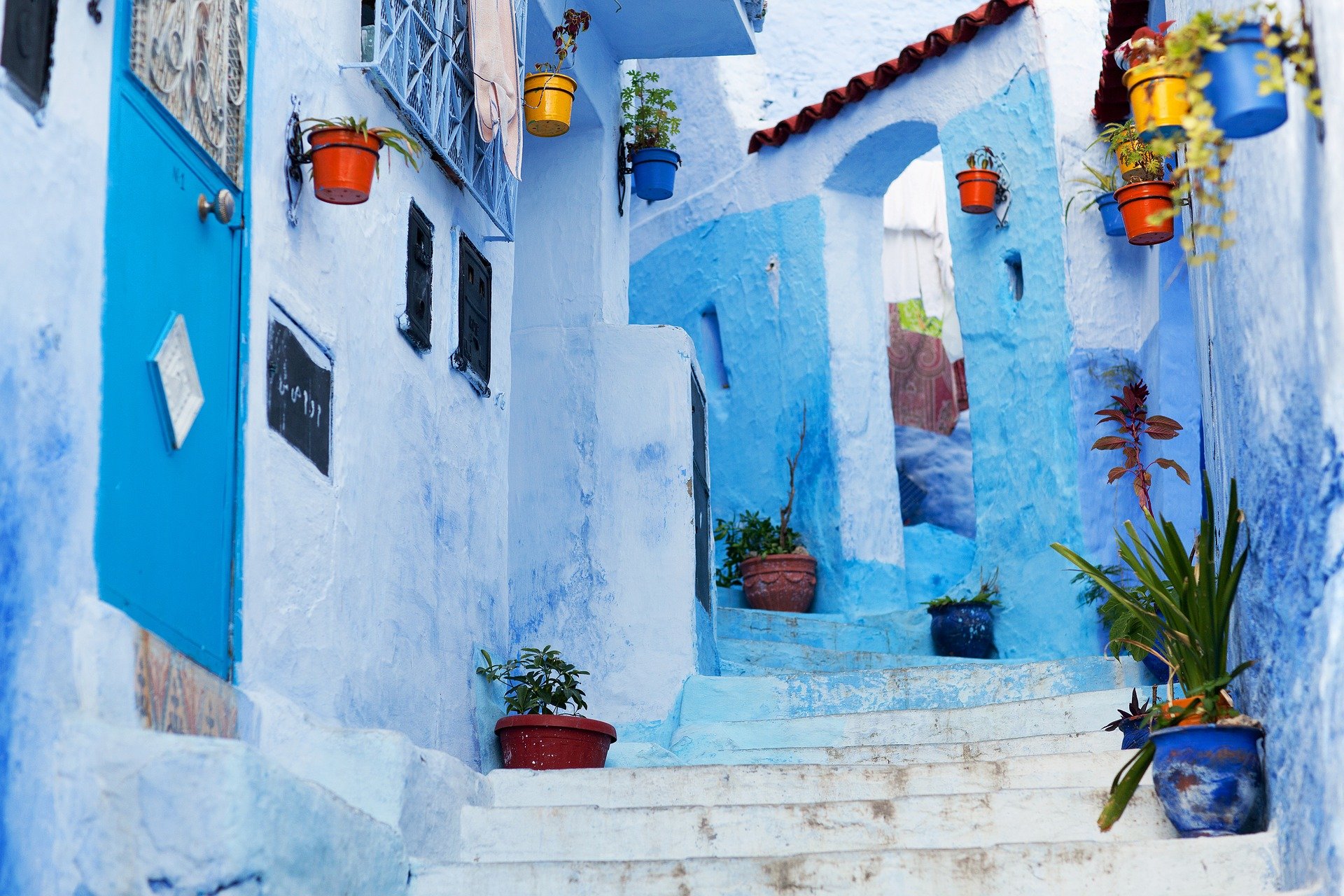
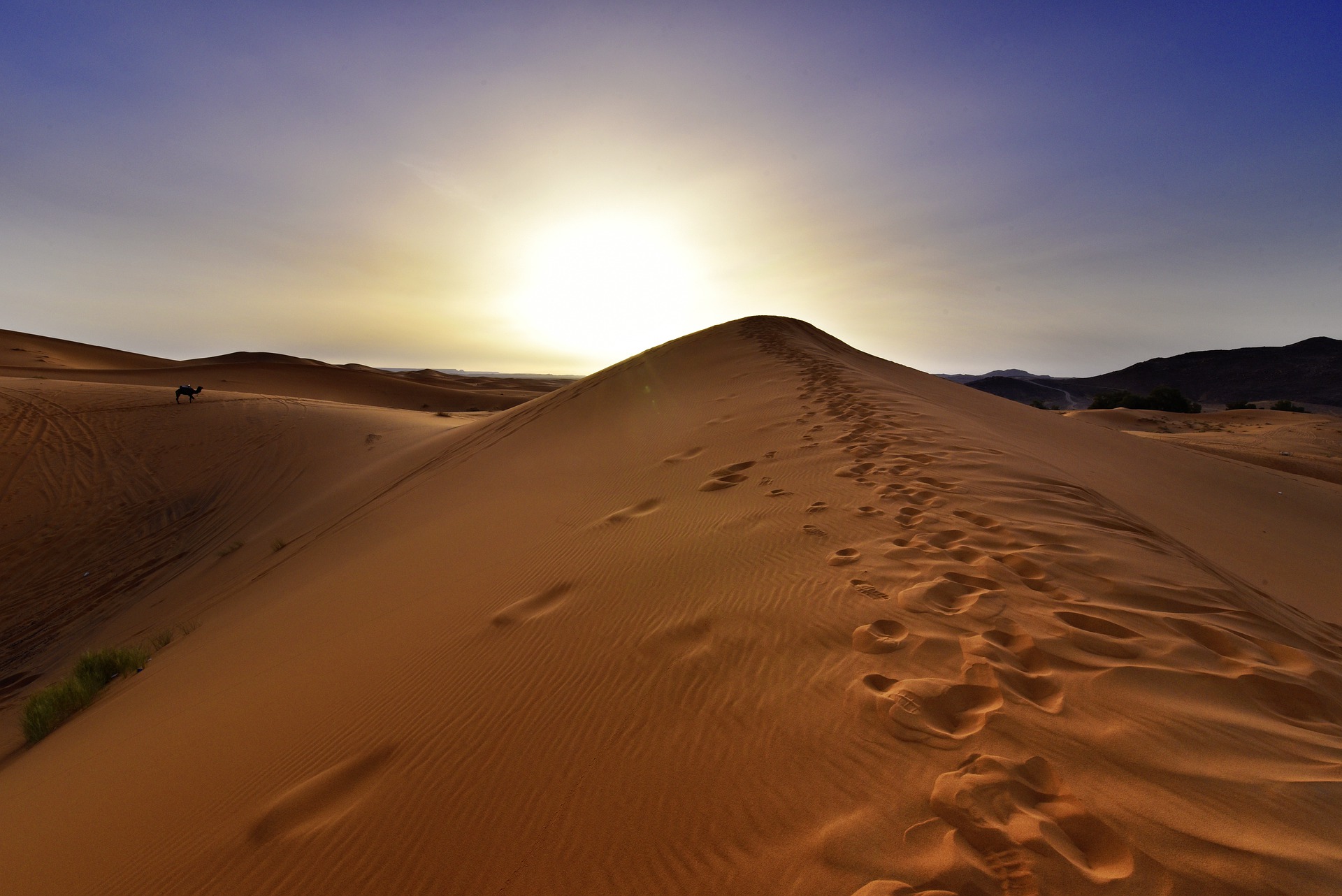
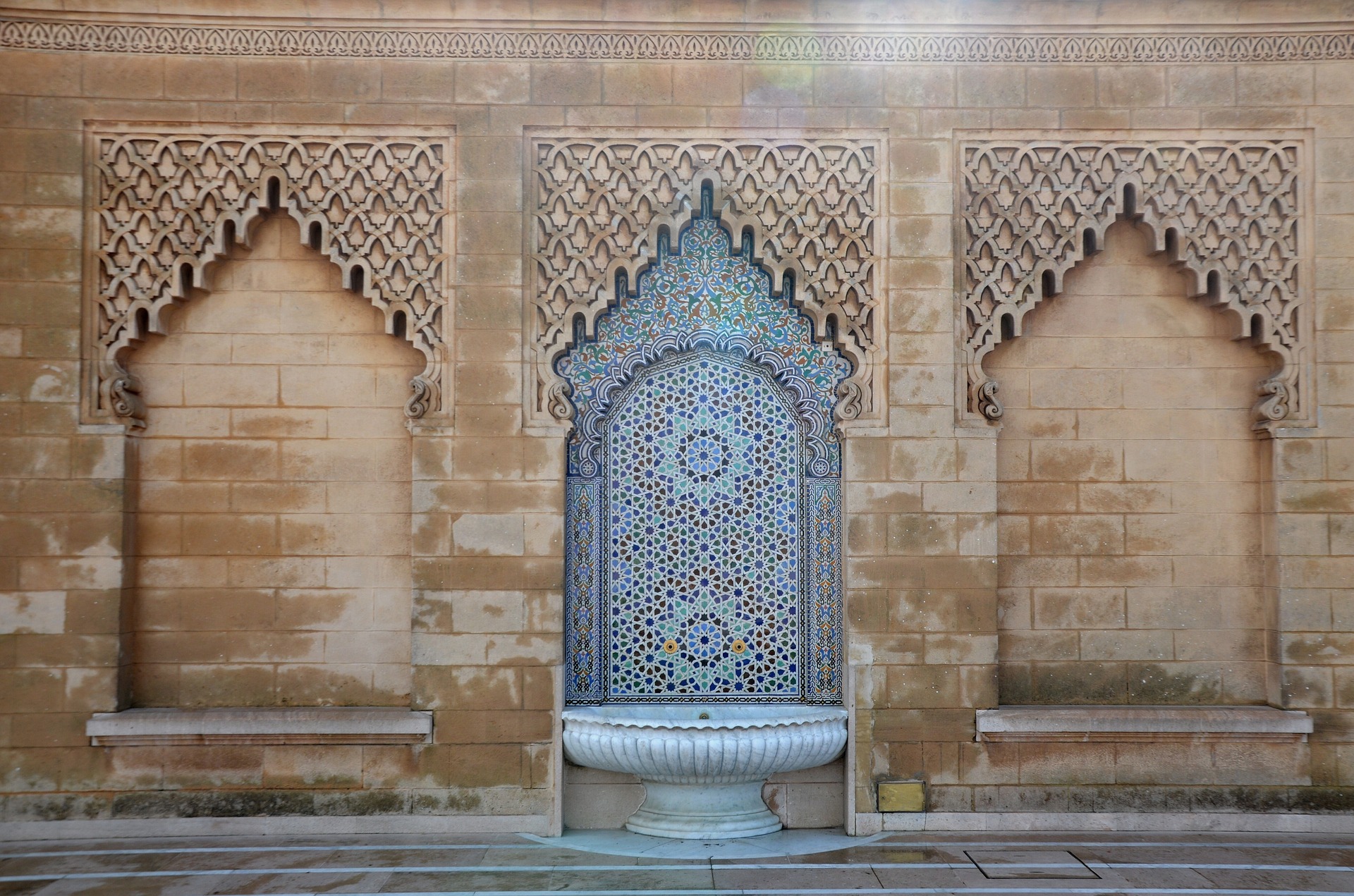

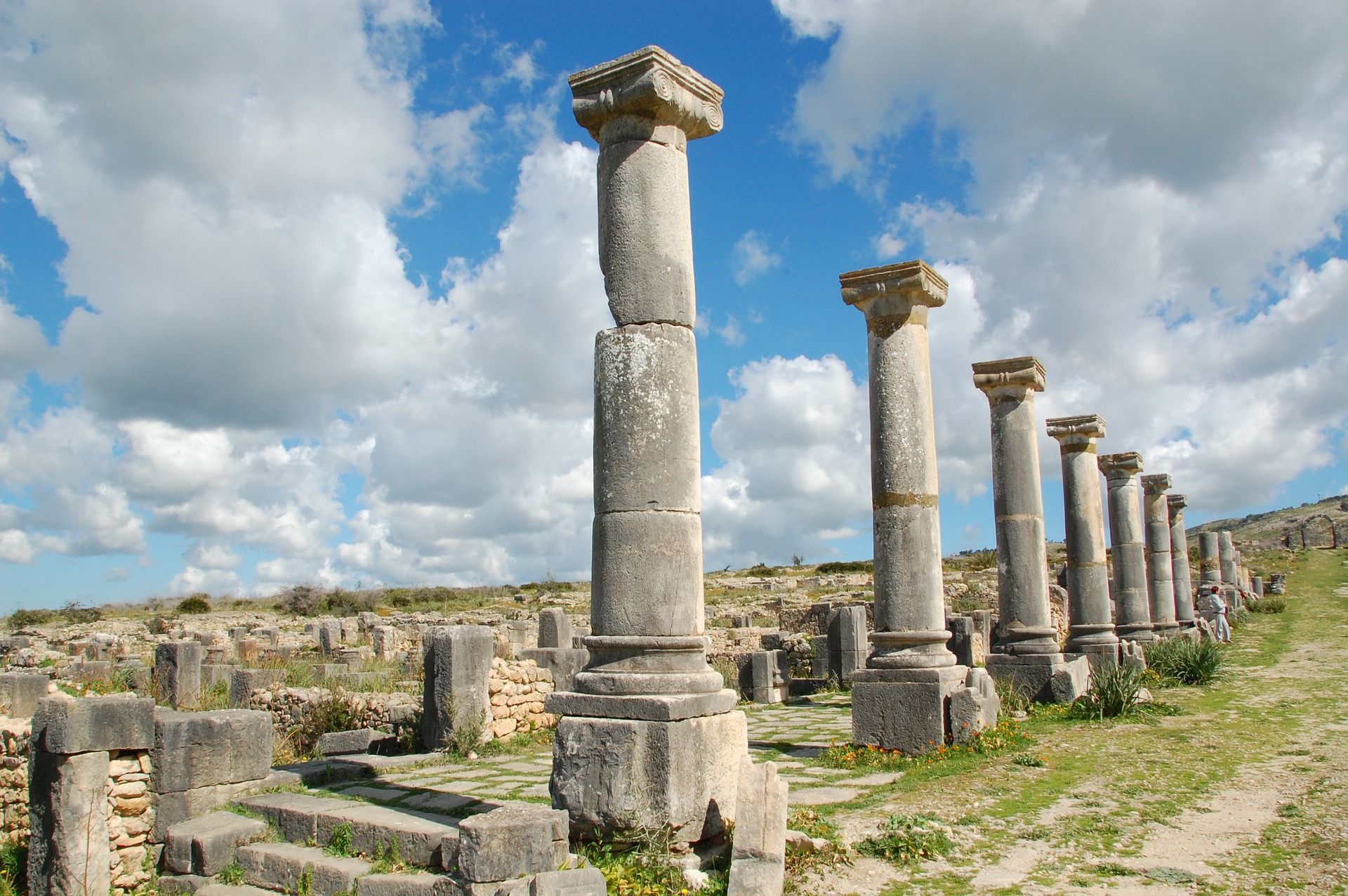
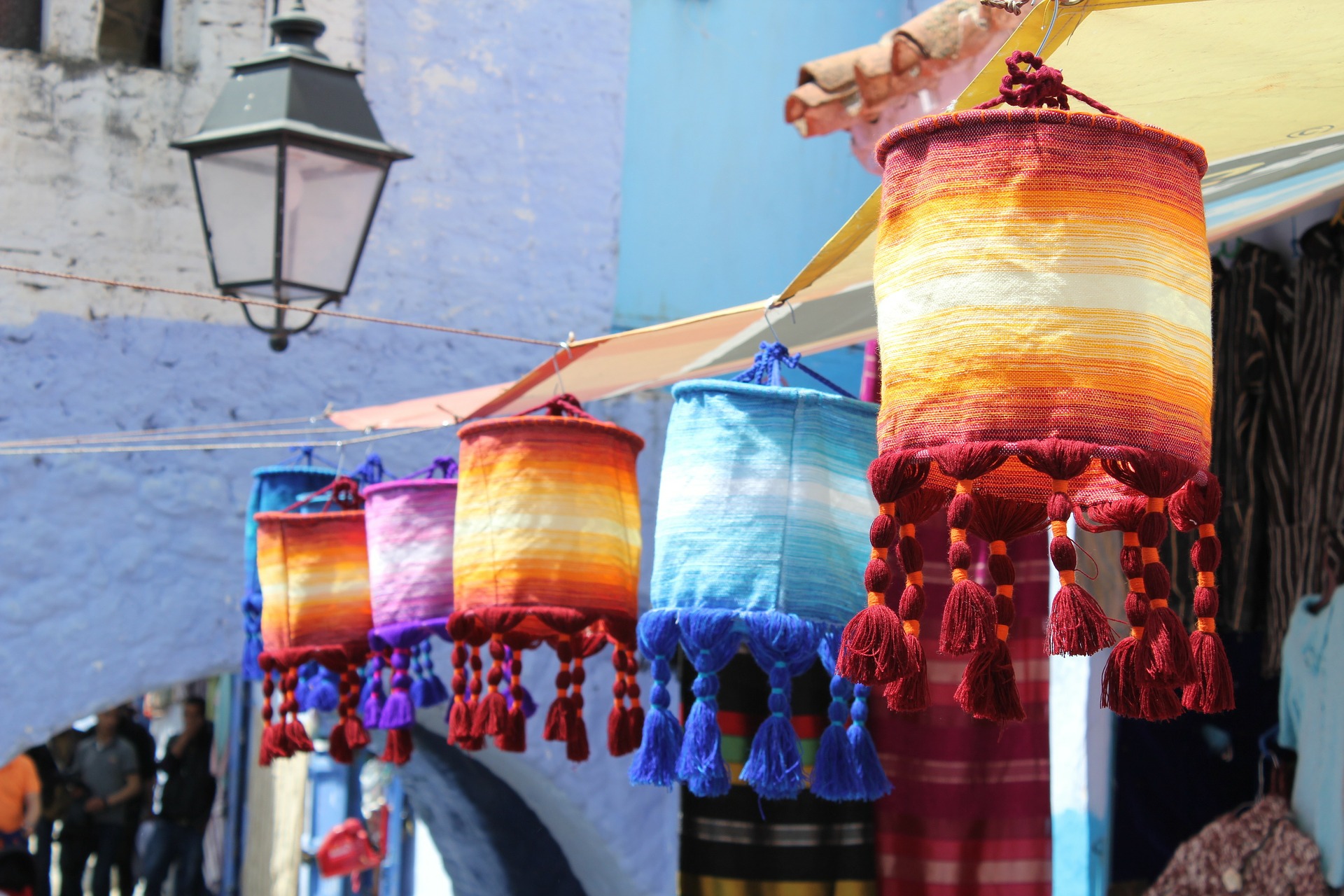
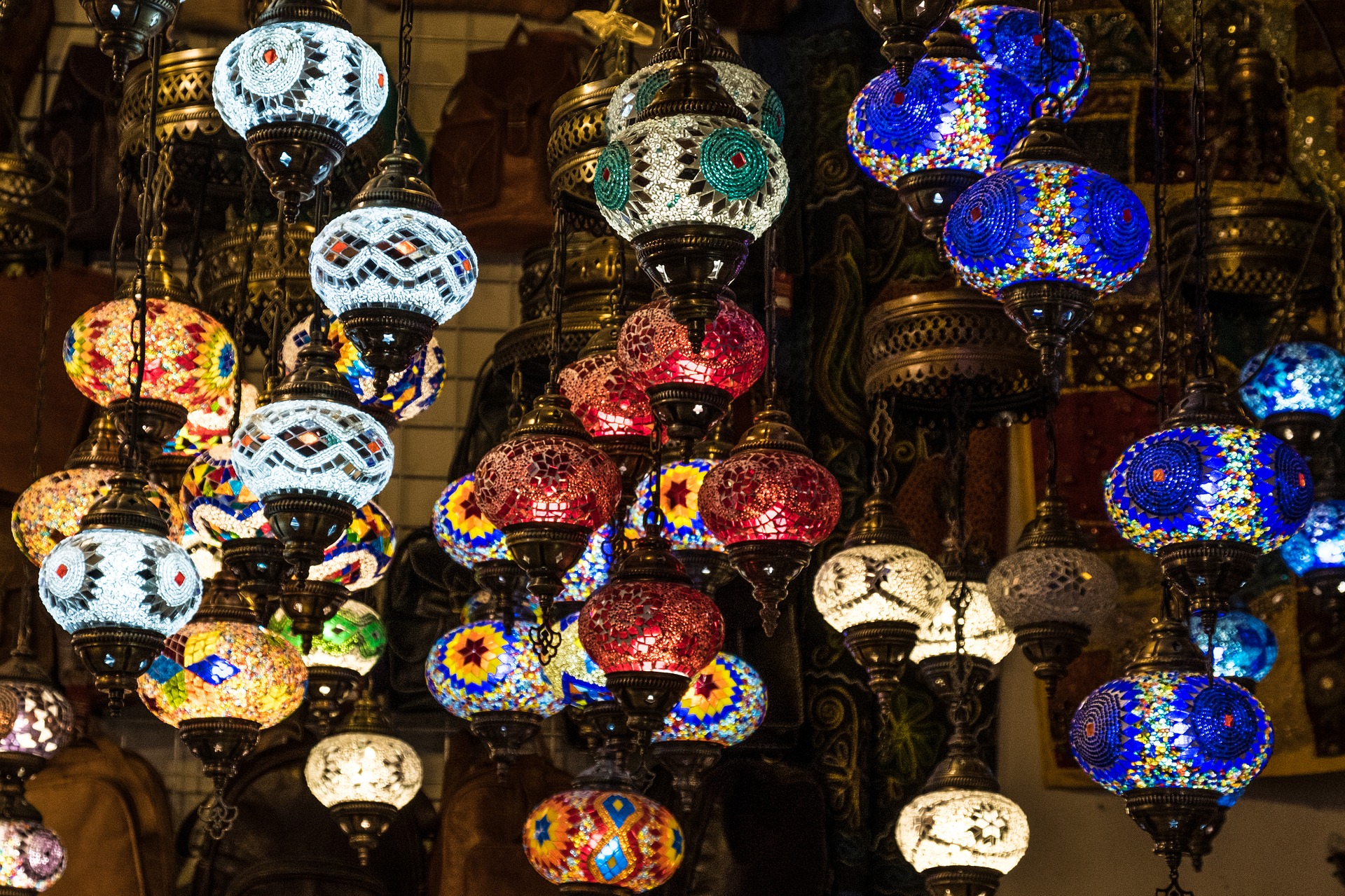
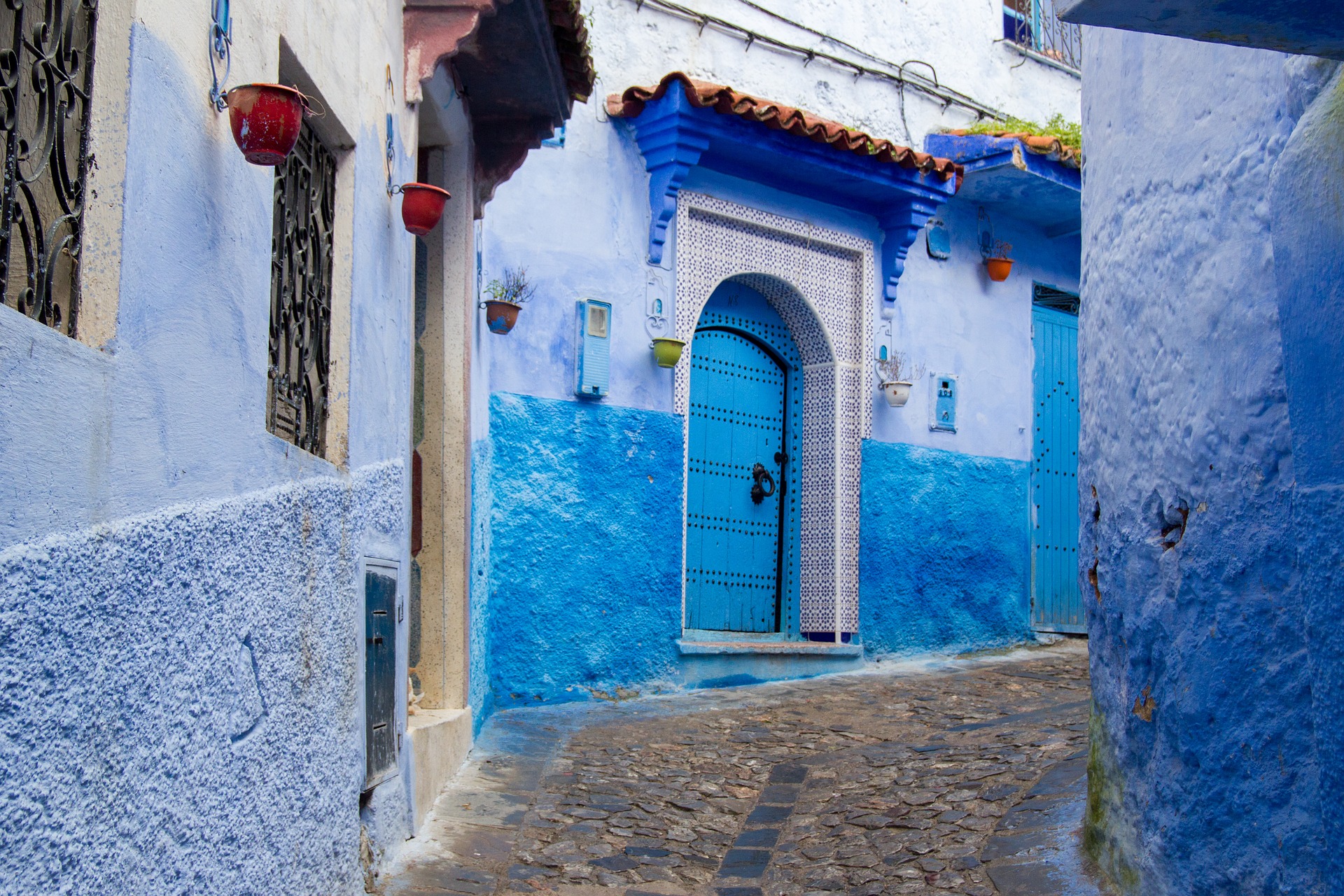
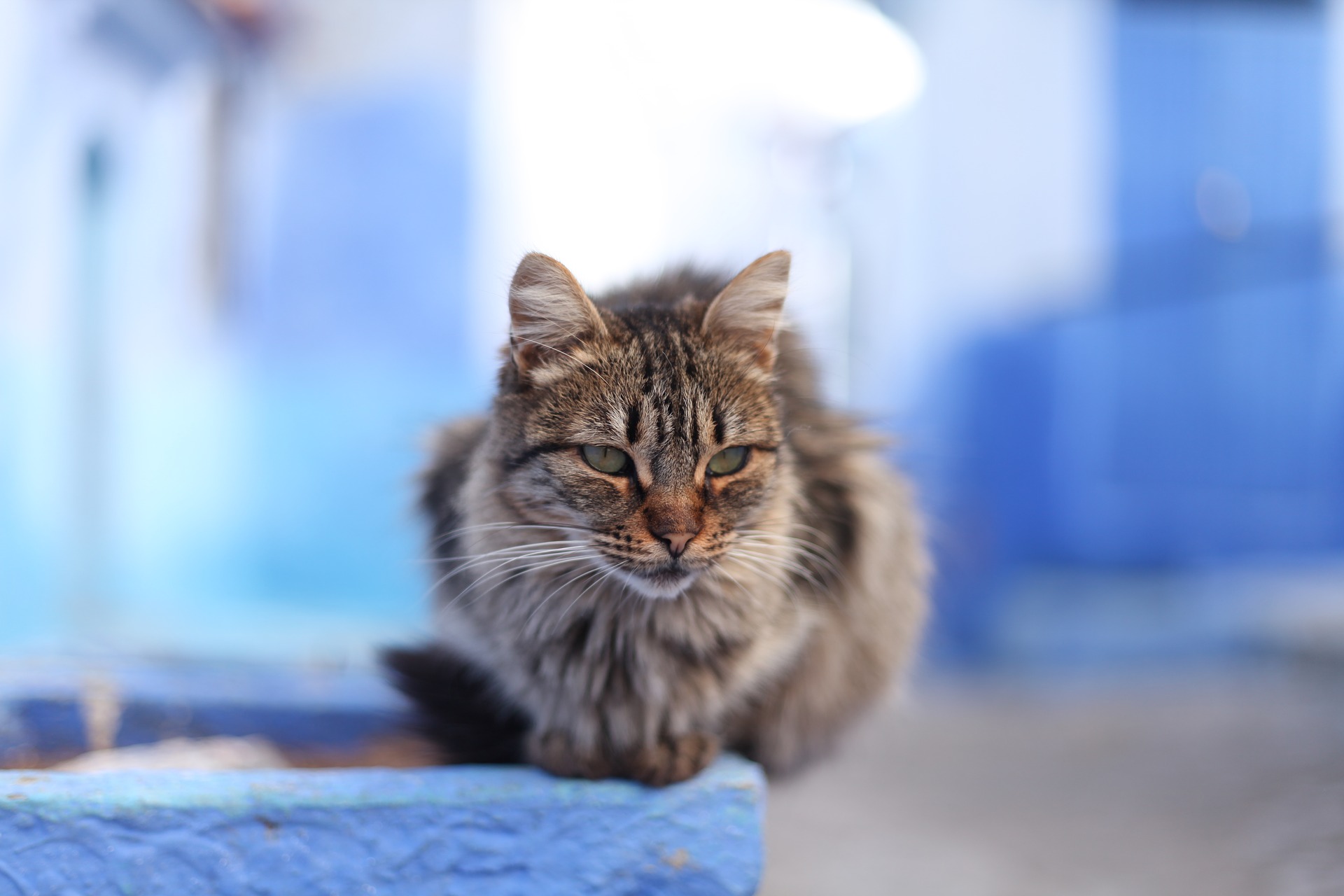

























Avis
Il n’y a pas encore d’avis.